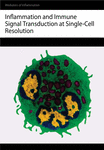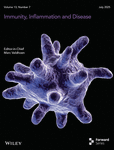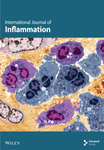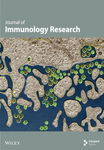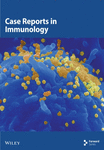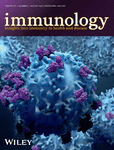In biomedical research, understanding the complex relationship between inflammatory responses and immune signaling is essential for studying diseases like autoimmune disorders, infections, and cancers. The introduction of single-cell technology has allowed for a detailed examination of these interactions, revealing the diversity of immune cell responses to inflammation. This technology has highlighted the heterogeneity among immune cells and helped identify specific cell responses to cytokines.
Single-cell RNA sequencing (scRNA-seq) has significantly advanced our understanding of immune responses in inflammation by analyzing the transcriptomes of various immune cells. This has shown how cytokines can alter immune cell functions, with macrophages, for example, displaying functional diversity based on their environment and communication with other cells. In the inflammatory environment, immune cells communicate via cytokines and chemokines, with different cell types responding uniquely to the same signals. This is particularly evident at the single-cell level, with certain macrophages able to produce both pro- and anti-inflammatory factors, maintaining tissue homeostasis. Future research will continue to use single-cell technologies to explore the regulatory networks between inflammation and immune responses, potentially leading to new therapeutic strategies and a better understanding of disease mechanisms. By integrating multi-omics data, scientists can gain a comprehensive view of inflammation and improve treatment outcomes.
This Special Issue focuses on recent progress in immune signaling research using single-cell sequencing technology, inviting submissions of original research and review articles on related topics.
Potential topics include but are not limited to the following:
- Single-cell transcriptome analysis and cell subpopulation identification
- Signal transduction network construction and dynamic changes of cell state
- Intercellular communication and immune-non-immune cell interactions
- Inflammatory microenvironment analysis and disease modelling
- Assessment of drug intervention effects and cross-tissue single-cell analysis




